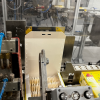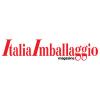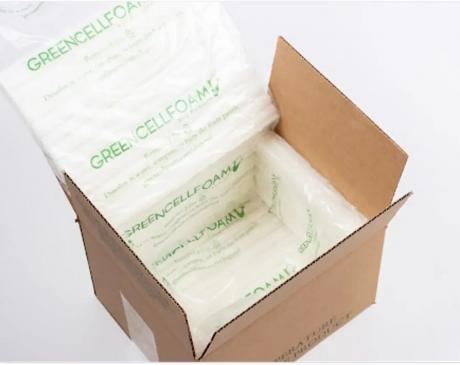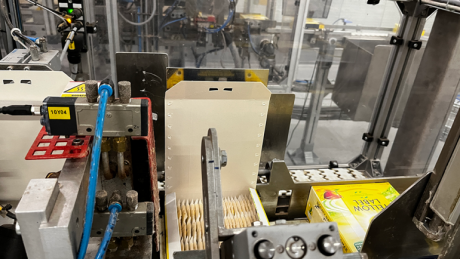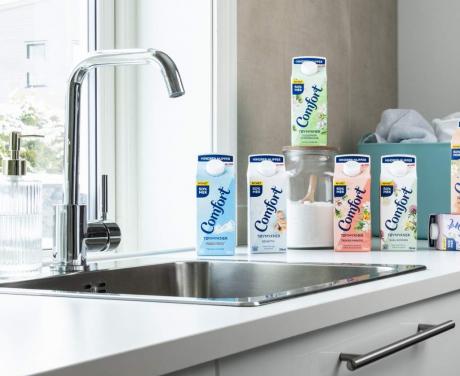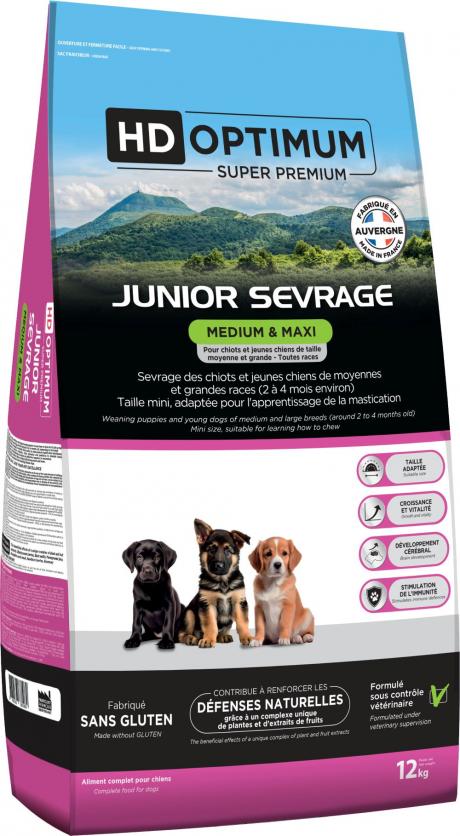Environmental sensibility has distant roots for the Turin-based multinational: Francesca Squillace, Packaging and Materials Director of Lavazza, talks about it.
Maria Costanza Candi, Luciana Guidotti
The relationship between the values of sustainability and Lavazza, the historic Italian brand known throughout the world and synonymous with quality coffee, goes back a long way.
Around the 1930s (almost a century ago!), during a trip to South America, Luigi Lavazza noticed that unsold coffee harvests were being destroyed, and thus realized the philosophy that would guide the company to this day: an idea of sustainability where economic, human, environmental and cultural heritage come together, transforming everything that could be wasted into a resource.
It is therefore an all-round sensitivity, which involves every aspect of the company’s production system, with a strong focus on packaging and trends related to ecological issues, which are now a consolidated reality.
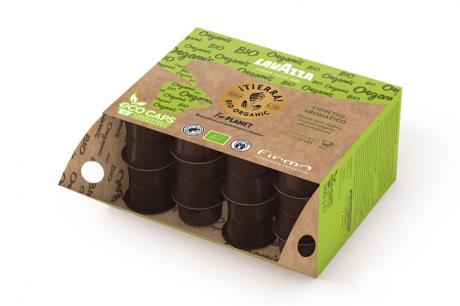
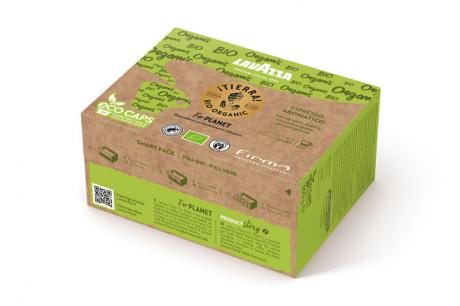
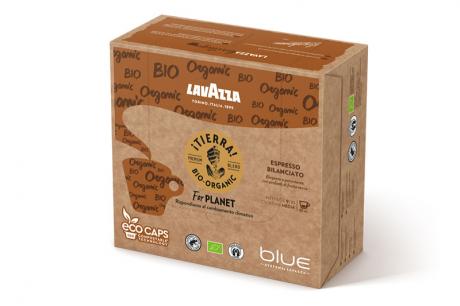
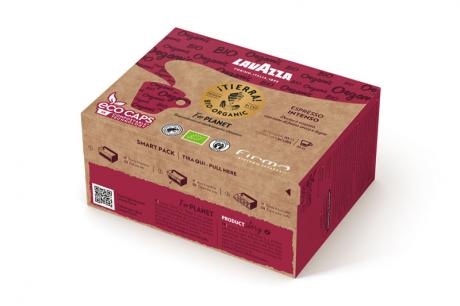
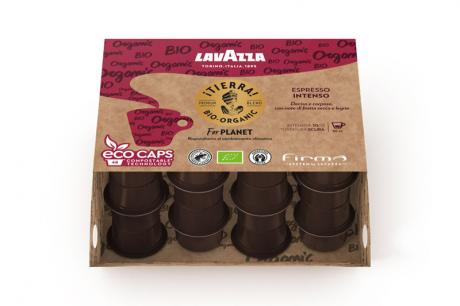
Constant innovation
The Turin-based multinational group is therefore focusing on R&D, the development of packaging line structures and new materials, without forgetting the consumer and his direct involvement in sustainable action.
Lavazza has therefore structured itself to carry out constant research on these issues, which are considered so central that it has created an internal department focused on green and with a specific focus on packaging.
We asked Francesca Squillace, Lavazza’s Packaging and Materials Director, what stage the company has reached and what are the prospects for development on the sustainability front, considering the ever-increasing sensitivity of consumers and the leading role attributed to it by the major players in the path of innovation they are following.
Collaboration for a sustainable future
«We are dealing with increasingly evolved consumers» says Squillace, «who are looking not only for products, but for an identification of values with the company that produces them. For this reason, as the Lavazza Group, we have embarked on a path that aims to reduce the impact of CO2 emissions to zero by 2030».
If we restrict such a broad and complex topic to packaging, moreover, Lavazza has made a very challenging commitment: to achieve having all packaging reusable, recyclable or compostable by 2025.
«We want to give a concrete response to all our consumers» continues the manager, «especially the most attentive and aware ones, both through an offer of sustainable products and by focusing on new technologies and new materials with low environmental impact».
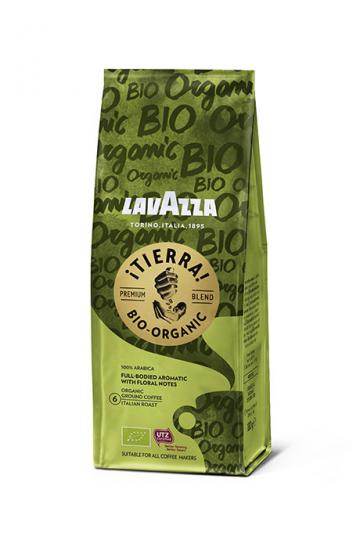
Packaging, between ethics and technology
The sustainability of packaging implies a series of components that range from the search for new materials to the study of innovative and “responsible” design, without forgetting an ad hoc ADV that underlines its innovative and ethical characteristics.
This choice also has an impact on marketing, which has been brought to meet the demands of people who are increasingly attentive to the issue. But it is not only communication that is involved: think of logistics, shelf display and labeling, which is also the most direct vehicle for customer relations.
Francesca Squillace has clear ideas on this issue as well: «The Lavazza Group’s approach to packaging sustainability is based on a fact-based assessment supported by scientific data (performance tests, compostability, LCA). And it is on this basis that we work on design for recycling, that is, we think about the end of life of the packaging right from the design phase: the objective is to associate the functionality of the packaging with its end of life, so as to enhance it through recycling or compostability.
Communication plays a central role here, because it serves to clarify the environmental performance of the packaging, including specific parameters such as the carbon footprint».
In this regard, clear information, placed on the label and at the center of dedicated campaigns, guides the consumer to the correct disposal and makes them participate in the green choice.
An ecology that looks at the whole
End-of-life management, end-user awareness, ethical communication and marketing thus become functional to the protection of the territory, to relations between people united by shared values, without forgetting that packaging plays an important role in the management of the supply chain linked to food safety.
And also on this front, on the interweaving of social dynamics with territorial policies, Lavazza has a specific vision, which Squillace comments, starting with a company anecdote.
«Recently, our CEO spoke about the guiding principles towards a sustainable future, which are embodied in the Roadmap to Zero. This is a gradual path undertaken by Lavazza with an ambitious goal: by 2030, the impact of CO2 emissions generated along the Group’s supply chain will be totally reduced to zero. This principle must be extended to all activities.
Therefore, from the point of view of R&D our commitment is to design green packaging, respecting first and foremost the safety of the consumer, i.e. using food grade materials in the design phase and, subsequently, monitoring the products intended for consumption, until the end of their shelf-life».
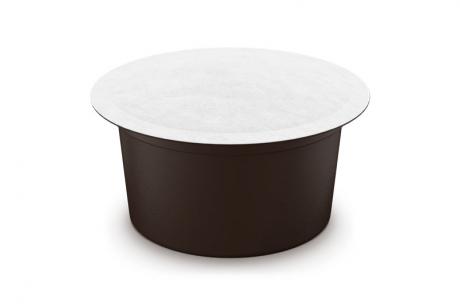
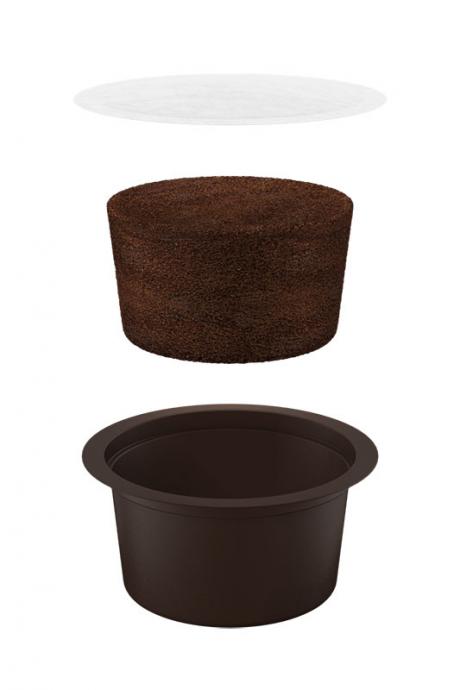
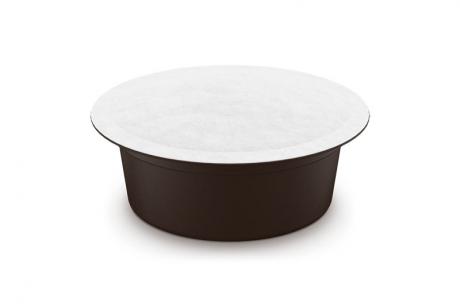
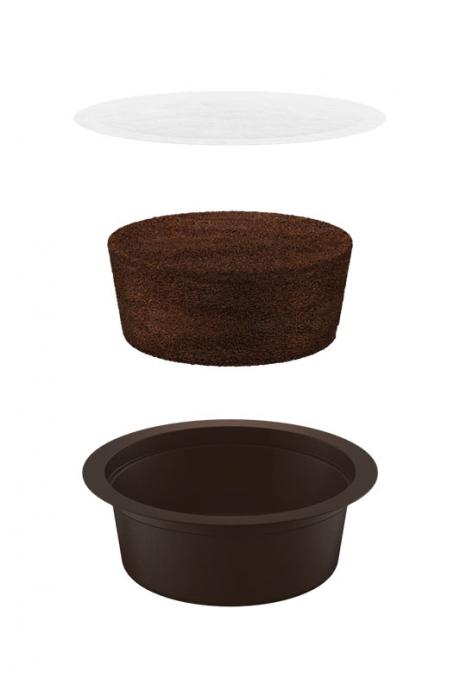
A leading role that generates value
Lavazza’s objective is therefore diversified: to influence environmental policies by becoming a benchmark; to support R&D by offering the market flexible solutions adaptable to all needs; to respond to the most evolved and aware consumers.
The ethical values and corporate social responsibility of major brands such as the Lavazza Group are recognised because they have always been characterised by a strong focus on sustainability issues, both in product development and in the implementation of ad hoc projects carried out in the areas in which it operates and of which it feels an integral part



